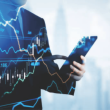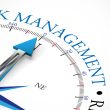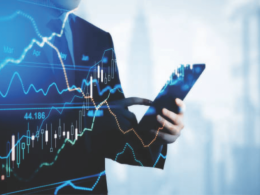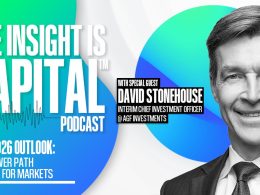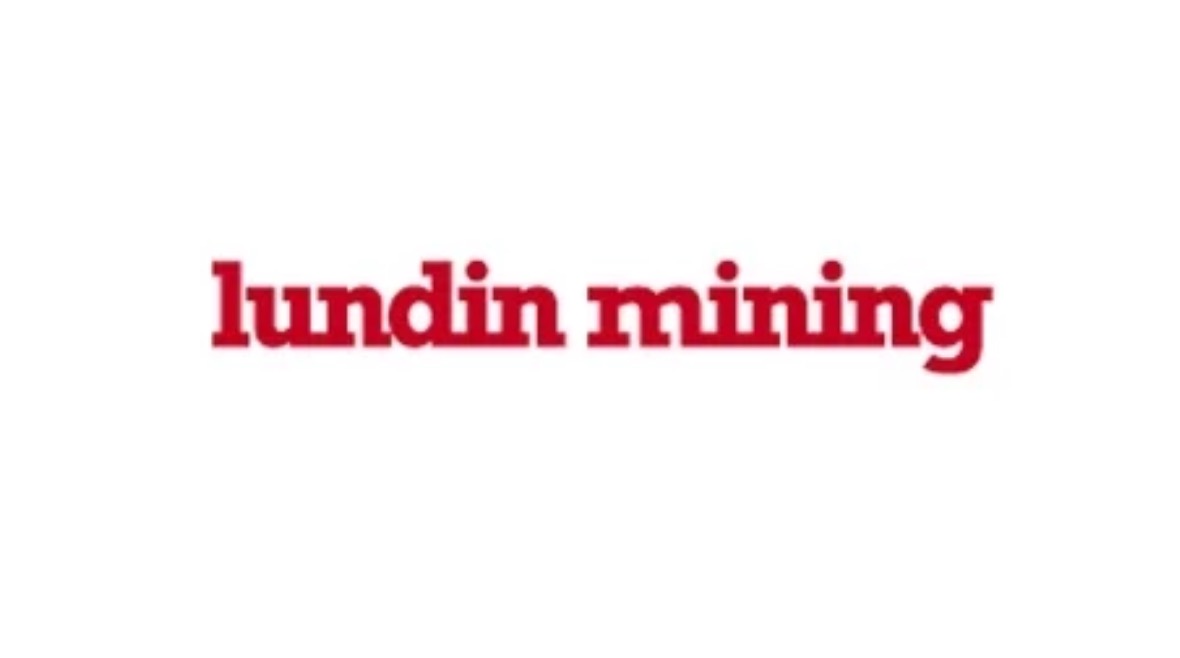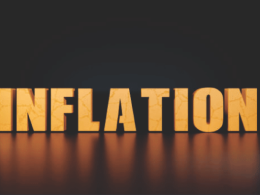by Jurrien Timmer, Director of Global Macro, Fidelity Management & Research Company
Decompression is an essential part of the burning man experience, as it would be a rude awakening to go from the playa right back to the office without any time for introspection (or sleep). For me it takes only a few days to wrap my head back around the pace of the default world, but for others it can take a few weeks or longer (especially first-time burners).
For the markets, however, there is no time to decompress from the torrid pace at which the world is unfolding in 2025. The news flow has been relentless and the adrenaline constant. Between the AI boom, tariffs, fiscal stimulus, geopolitics, and the prospect of a less independent Fed, 2025 continues to be a remarkable year. And it’s far from over.
Animal spirits
For the market, animal spirits are reigning supreme, with both the tech giants and more speculative elements running in tandem. It’s all AI and crypto these days.

Global bull
Gathering less attention is the fact that global equities remain in a solid bull market. The MSCI ACWI index continues to make new highs, complimented by earnings momentum and breadth, with 74% of its constituents trading above their 200-day moving average. It’s what you want to see if you are bullish.

US market cycle
In the US, the S&P 500 index has now gained 88% since the cyclical bull began 35 months ago. For the most part it has been a valuation-amplified rally, with the trailing P/E ratio gaining 55% while earnings have grown 22%.

The US bull market remains mostly a large and mega cap phenomenon, with the big growers benefiting from the kind of margin expansion that the rest of the cap structure can only hope for.

All eyes on the Fed
The Fed is meeting this week and is widely expected to cut rates by 25 bps. There is some buzz around a 50 bps cut, but I think that’s unlikely. Unlike a year ago when the Fed had some catching up to do after raising rates well into the restrictive zone, the Fed is very close to a neutral policy stance (inflation + 100 bps).

Core inflation is proving very sticky near 3% and the labor market is in balance but clearly softening. That gives the Fed a cut or two over the coming few months, but nothing more in my view. Inflation has now been above the Fed’s target for most of the past 5 years and shows no sign of moving to 2% anytime soon.

The supply of labor and the demand for labor are roughly in balance, and most high frequency economic indicators are holding steady. Unless that changes in the months ahead, it’s hardly a recipe for aggressive rate cuts at this time.

Underwater beach ball?
The bond market likes what it sees in terms of the dovish forward curve, and seems to disagree with the bullish earnings reports and instead sees the economic glass as half empty. We’ll see who’s right, but the 10-year yield has not tended to stay at or below 4% for very long during these growth scares.

The end of an era?
This week’s FOMC meeting will be interesting in terms of what plays out behind the scenes. Will the same members dissent, even after the Fed presumably delivers that cut? And what will the dot plot reveal as we get closer to the end of the Powell era? It seems obvious that the post-Powell Fed will be more dovish and potentially less independent that the current regime.
But how much? That we don’t know yet. One thing seems clear: The gap between the level of real rates and the debt/GDP trajectory will have to be resolved one way or another. By my estimation, that “funding gap” is around 100-200 bps, which suggests that the next Fed might lower short rates towards 3% while also taking steps to suppress long rates. An unsustainable debt trajectory and +200 bps real rates do not get along.

The prospect of a more dovish Fed seems likely to continue to put pressure on the US dollar, which has continued to slowly erode its reserve dominance while gold has taken market share.

Easing at all-time highs
The fact that the Fed is about to cut rates while animal spirits are rampant brings to mind the post-LTCM easing cycle in late 1998. The Greenspan Fed cut rates three times even though the market was strong and there was no recession. The rest is history, of course. In fact, the stunning rebound from the 22% drawdown in October 1998 is the only analog left to match the current recovery from the 21% Tariff Tantrum in April.

AI bubble?
Will the AI boom turn into a bubble? If so, what would be the signs? For one, the Mag 7 might be trading at much higher multiple than it is today, and the more speculative elements of the market would likely reach even higher multiples. For now, the GS non-profitable tech group remains well below its 2021 mini-bubble extreme, although the GS retail favorites index has already exceeded it.

Another sign of froth in the market would be a surge in IPOs and M&A activity. So far, there are no signs of this. The chart below shows that IPOs and secondaries remain at average levels and far below the extremes experienced during the “easy money” liquidity bubble in 2021.

The same is true for M&A activity. It’s a far cry from the dot.com bubble when stock-based M&A deals were de rigueur.

For the Mag 7, the valuation premium (vs the next 493 stocks) is at 61%. It’s lofty but well below past “Nifty Fifty” extremes.

With the AI earnings engine running on all cylinders, the relative return as well as the valuation premium seem justified for now. At some point that could change, but perhaps not anytime soon.

Conclusion
The risk-reward metrics of the Mag 7 are impressive with a Sortino ratio of 2.1, but so are several other asset classes and styles. International stocks are finally mean-reverting against the US (more so against the equal-weighted S&P 500 than the cap-weighted index), and gold and Bitcoin are doing their thing. Sprinkle in some alts as a replacement for bonds (especially at 4%), and it may be a model to consider going forward.

This information is provided for educational purposes only and is not a recommendation or an offer or solicitation to buy or sell any security or for any investment advisory service. The views expressed are as of the date indicated, based on the information available at that time, and may change based on market or other conditions. Opinions discussed are those of the individual contributor, are subject to change, and do not necessarily represent the views of Fidelity. Fidelity does not assume any duty to update any of the information.
Copyright © Fidelity Management & Research Company

